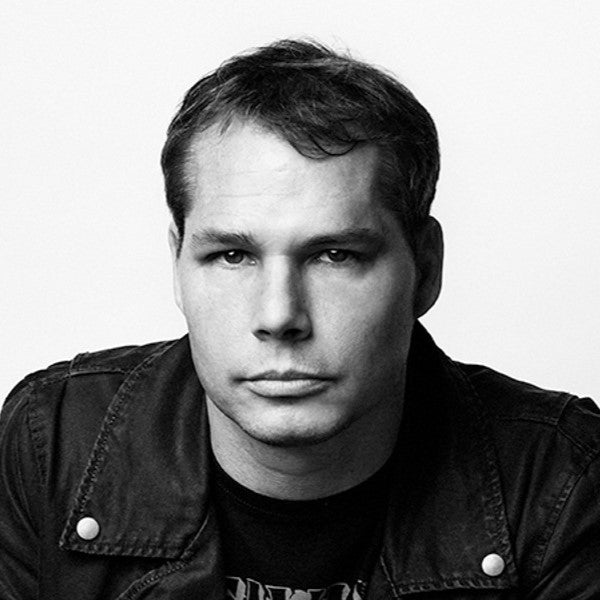Introduction
Shepard Fairey is a name synonymous with powerful, socially conscious street art. Known for his iconic “OBEY” campaign and the famous “Hope” poster of Barack Obama, Fairey’s work captures the rebellious spirit of grunge, giving it new life in the early 2000s. Blending gritty aesthetics with political messages, Fairey’s art redefined urban landscapes and left a lasting impact on the world of graphic design and activism.
The Early Years: Inspired by Skate Culture and Punk Rock
Born in Charleston, South Carolina, in 1970, Shepard Fairey was drawn to art, music, and skate culture from a young age. He studied at the Rhode Island School of Design, where he developed a passion for creating art with a message. Influenced by punk rock and skateboarding, Fairey began experimenting with stickers and posters, quickly making a name for himself with his subversive “Andre the Giant Has a Posse” sticker campaign, which later evolved into the “OBEY” movement.

The grunge aesthetic of the 90s, with its raw and unpolished style, heavily influenced Fairey’s work. His designs often feature bold, stencil-like imagery with distressed textures and limited color palettes, creating visuals that are both striking and thought-provoking.
The OBEY Movement
Fairey’s “OBEY” campaign, launched in 1989 and expanded throughout the 2000s, was more than just street art—it was a movement. Featuring the face of wrestler Andre the Giant with the word “OBEY” underneath, the campaign was a critique of propaganda, consumerism, and the concept of authority. The simplicity and grungy texture of the design resonated with fans of alternative culture, who saw the campaign as a call to question norms and think critically about society.


The “OBEY” movement became an emblem of the grunge revival in the 2000s, blending Fairey’s street art roots with a rebellious, countercultural spirit. His work could be found on walls, billboards, and stickers across cities worldwide, creating a visual language that spoke to a generation eager for change.
Bringing Grunge to Politics

In 2008, Fairey designed the now-iconic “Hope” poster for Barack Obama’s presidential campaign. The red, white, and blue stencil image became a symbol of optimism, inspiring millions and bringing Fairey’s art into the political mainstream. The poster’s distressed, gritty textures echoed Fairey’s signature grunge aesthetic, yet it also conveyed a message of unity and hope.
The “Hope” poster marked a turning point in Fairey’s career, elevating him from a street artist to a globally recognized designer and activist. The poster’s success showed that Fairey’s style could transcend cultural boundaries, proving that art rooted in grunge could deliver powerful messages and inspire social change.
The Rebel with a Cause
Fairey’s art is bold, but he’s known to be humble and down-to-earth, often describing himself as “just a regular guy with a passion for art and social justice.” A fun fact? Fairey loves punk rock and has a large vinyl collection that he frequently draws inspiration from. He’s also an avid skateboarder, a hobby that continues to influence his work, adding an edge of rebellious energy to his art.

Another lesser-known fact? Fairey is deeply inspired by classic propaganda art, often incorporating elements from Soviet, Chinese, and American World War II posters. This blend of vintage and grunge creates a timeless quality in his work, making it feel both retro and modern.

The Legacy of Shepard Fairey: Street Art as Social Commentary
Shepard Fairey’s impact on art and activism is undeniable. His ability to blend grunge aesthetics with powerful messages has inspired a new generation of street artists, designers, and activists. His work reminds us that art can be a tool for social change, challenging us to question authority and think critically about our world.

Fairey’s legacy is more than just his art—it’s a call to action. For those who appreciate gritty, unapologetic visuals with a purpose, Fairey’s work is a powerful reminder of the impact that art can have on society.

Shepard Fairey’s Lasting Impact on Art and Activism
Shepard Fairey’s art captures the spirit of rebellion, challenging norms and inspiring change. His work is a testament to the power of grunge and street art as tools for social commentary. For anyone who believes in art as a force for good, Fairey’s legacy is an invitation to use creativity fearlessly and passionately, leaving a mark on the world.
____________
This article is part of our Innovator Spotlight series, dedicated to highlighting the biggest influences in artistic creation. Meet the other architects who helped shaped the childhoods of the 80s, 90s, and Y2K beyond:

























